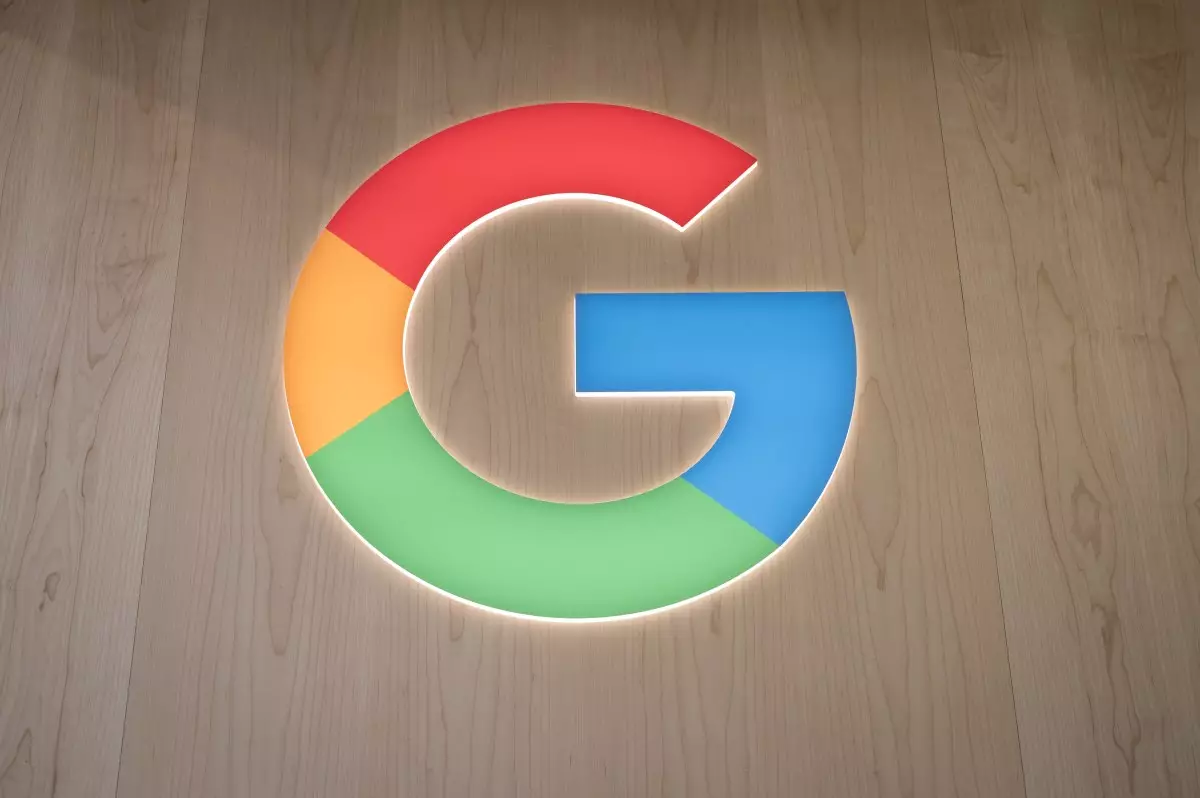The advances in artificial intelligence (AI) have resulted in significant transformations in various domains, one of the most impactful being digital photography. Google Photos is at the forefront of this evolution, launching a new feature that aims to enhance transparency regarding AI edits. Beginning next week, users will notice a disclosure indicating when a photo has been modified using Google’s AI capabilities, including proprietary tools like Magic Editor, Magic Eraser, and Zoom Enhance.
The process works by alerting users to AI edits once they delve into the ‘Details’ section of a photo. This new feature, as Google suggests, intends to improve transparency, allowing users an understanding of the digital alterations made. However, it raises fundamental questions regarding the efficacy and visibility of such disclosures. While the intention is commendable, the execution leaves much to be desired. Users may not readily access the ‘Details’ tab, particularly when scrolling through images on social media or in messaging apps.
Critically, while Google asserts that the insertion of an AI edit disclaimer serves to enlighten users, it does not provide an immediate visual cue when a photo is displayed. The absence of straightforward watermarks, marking images edited by AI, means that a substantial number of viewers might remain unaware of the artificial enhancements. This barrier to user awareness challenges the very spirit of transparency that Google aims to uphold with this feature.
Google’s announcement of these disclosures appears to be a direct response to the criticism it has faced surrounding its widespread deployment of AI tools without any clear identification of their outputs as AI-generated content. The decision to append metadata tags informs users that photographs have been modified; however, it remains questionable whether this measure genuinely addresses societal concerns regarding the authenticity of digital images. Critics rightly point out that many people engage with images without the intention of examining their metadata, thereby raising the concern that these adjustments may be little more than a cosmetic solution rather than a robust answer to transparency and consumer trust.
Furthermore, the challenge persists that even with enhanced disclosures, the sophistication of AI tools may still obscure the line between manipulated content and reality. Users may feel deceived upon discovering that a captivating photo has undergone substantive modifications. In this landscape, the inability for visual indicators to be readily visible within the frame remains a key shortfall of Google’s strategy.
The implications of this increasing prevalence of AI-generated content extend beyond personal privacy and trust; they reach into the broader digital ecosystem. The growing ubiquity of AI photo editing tools stands to compound the challenge of discerning authentic imagery from altered or entirely synthetic visuals. As users navigate a world inundated with polished and edited content, the role of digital literacy becomes paramount. How individuals interpret and understand photographic fidelity will fundamentally shift.
Platforms such as Meta have begun making strides in tagging AI-generated images on their social networks, indicating a growing awareness of the need for clear identification. Google’s plans to incorporate similar labeling in its search functionalities signal an acknowledgment of this necessity. Yet, these adaptations come at a slow pace, potentially leaving gaps that allow misinformation to flourish.
As the AI tools that enhance photographic capability continue to evolve, so too does the dialogue surrounding transparency, recognition, and the implications of synthetic content. While Google’s approach to notifying users about AI edits marks a step forward, it necessitates further action to ensure visual markers disrupt the perception of authenticity and trust in digital imagery. With the speed at which these technologies evolve, proactive measures are essential to maintain user confidence in the age of AI-powered manipulation. Digital literacy, coupled with responsible technological advancements, will play a pivotal role in shaping how society interacts with images in an increasingly synthesized world.


Leave a Reply